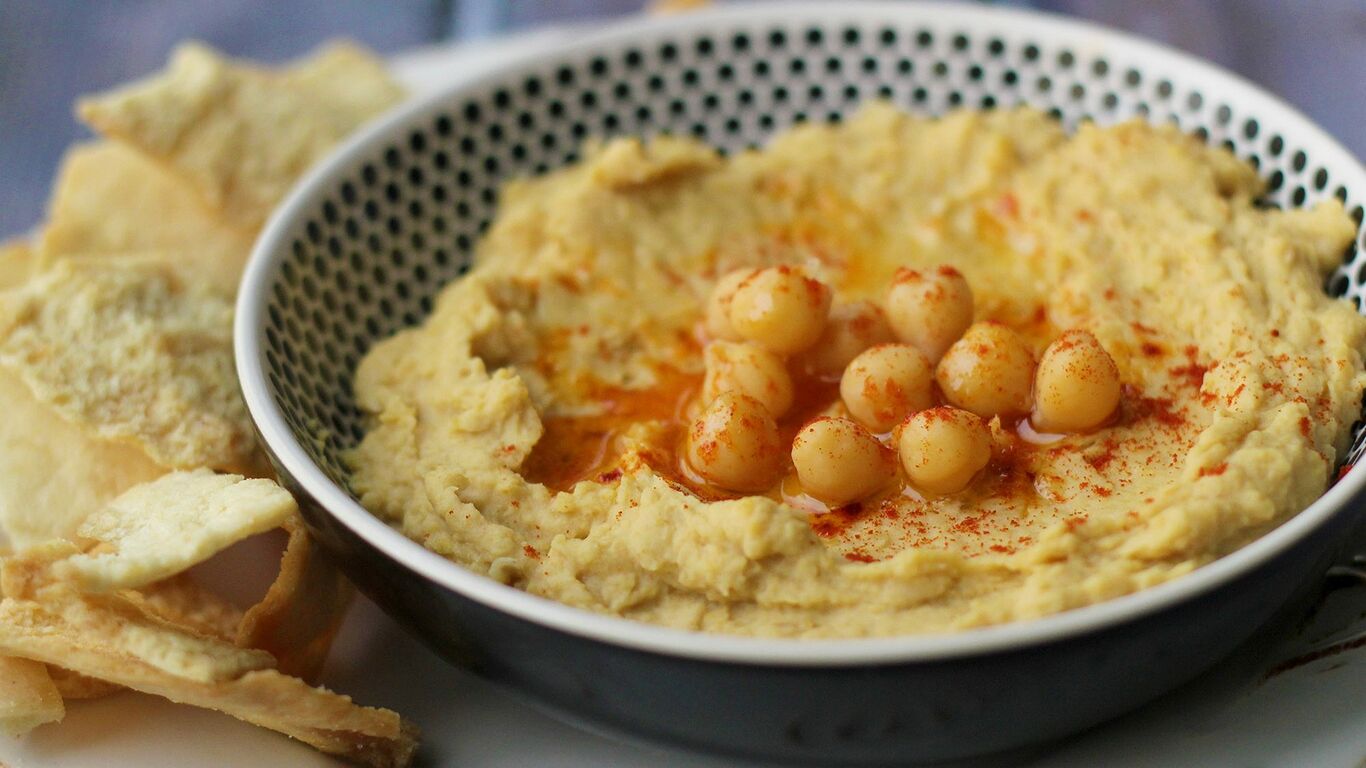A step-by-step guide to freezing the popular chickpea dip, including how to thaw it and recipes for enjoying it.
Hummus is a crowd-pleaser and for good reason. In addition to being versatile and party-ready, the Middle Eastern chickpea dip is packed with protein and nutrients, all of which means it shouldn't go to waste. Whether you make your own or have a favorite supermarket brand, the last thing you want to do is toss leftovers in the bin. Thankfully, you can freeze homemade and store-bought hummus, and the process is quick and easy. For everything you need to know, including three easy methods for how to thaw hummus and ideas for how to use it, read on.
Can You Freeze Homemade and Store-Bought Hummus?
Yes, all hummus can be frozen. However, as brands and recipes vary, you may find that some don't freeze as well as others. Plain hummus tends to freeze a bit better than those flavored with ingredients like garlic or roasted red peppers. You may also find that store-bought hummus keeps a bit better than homemade simply because it contains preservatives that protect it from the freezing and thawing process.
Three Ways to Freeze Hummus
There are several methods for freezing hummus, and the simplest is to just pop the original container in the freezer. This works best with small, unopened containers, because smaller amounts freeze and thaw more quickly and you know that they are fully sealed. Keep in mind that hummus does expand when frozen, so the seal may break. To prevent a mess and protect your hummus from freezer odors, place the container in a freezer bag.
Another option, great for when you've already opened a container or want to freeze smaller portions, is to transfer the hummus to individual containers (like these Ziploc containers; buy them: Target, $3). Be sure to use an airtight freezer-safe container and leave about an inch of space at the top for expansion. For additional protection, drizzle a thin layer of olive oil on top of the hummus before freezing. The oil helps prevent moisture loss and is already an ingredient, so you can simply stir it into the hummus once thawed.
Yet another approach is to spoon small amounts of hummus onto a parchment paper–lined baking sheet, freeze until solid and then move to a freezer bag for longer-term storage. This method works particularly well if you want to freeze very small portions. For instance, if you love to spread hummus on sandwiches and only need a few tablespoons, this technique comes in handy.
How Long Can You Freeze Hummus?
No matter which method you choose, hummus should only be frozen for up to four months. It will be safe to eat after that, but the taste and texture will start to decline. To make sure you use your hummus in time—and to quickly and easily assess what's in your freezer—be sure to label and date the container before freezing.
How to Thaw Hummus
Regardless of how you freeze hummus, it should always be thawed overnight in the refrigerator. As with most foods, the larger the quantity, the longer it will take to thaw. Once thawed, hummus should be enjoyed within five days and should not be refrozen.
Hummus may separate a bit in the freezing and thawing process, so if it looks watery, oily or dry, give it a good stir before using. If you enjoy hummus warm, you can also microwave it for a few seconds (after fully thawing), which can also improve the consistency.
How to Use Thawed Hummus
Freezing and thawing can affect both the taste and texture of hummus. If your thawed hummus seems dry, gradually stir in a bit of olive oil. If you find the flavor lacking—freezing can dull the flavor of food—try adding minced garlic or onion, fresh herbs, fresh lemon juice or dried spices like za'atar, sumac or oregano. A drizzle of tahini, chili oil or a flavorful olive oil are also great ideas. You can even add some canned chickpeas (drained and rinsed) to bump up the flavor and texture.
Once thawed, hummus can be used in all the ways you would enjoy it fresh, including in sandwiches, alongside roasted vegetables, with chicken and veggies in a bowl, as a baked dip or as part of a sweet and savory snack platter.
This article was written by Lauren Salkeld from EatingWell and was legally licensed through the Industry Dive publisher network. Please direct all licensing questions to legal@industrydive.com.





